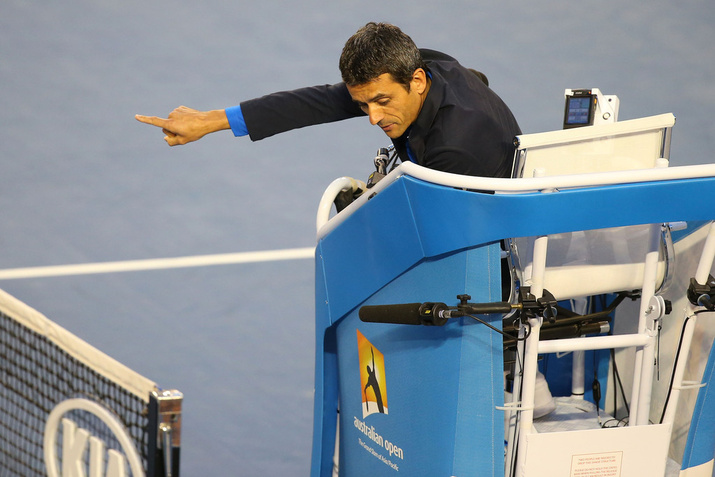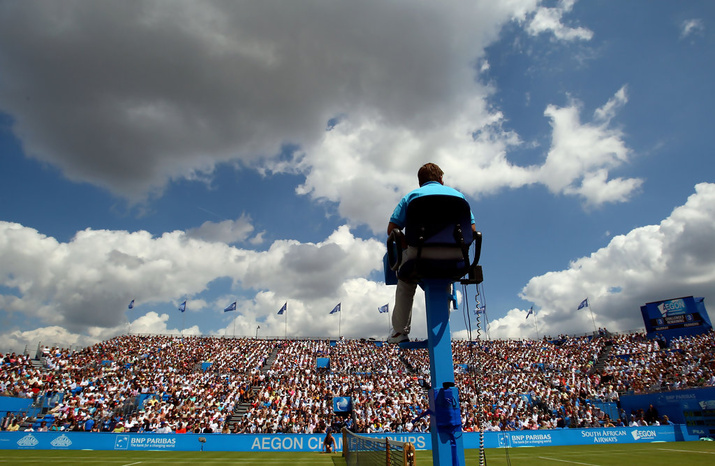Don't miss any stories → Follow Tennis View
FollowNew Rule Changes Should Offer A Brighter Future
2017 is in the books, and while many are taking stock of the top stories that transpired over the course of last season, it is never too soon to look ahead to the future. In fact, it is some of those major 2017 headlines that have sparked changes for the years to come in what will hopefully result in more exciting and higher quality tennis beginning as early as 2018.
Many will remember the rash of disastrous late and first-round withdrawals that plagued the slams, especially the back-to-back opening-round mid-match retirements that occurred on Wimbledon Centre Court. It certainly did not paint the sport in a great light, particularly when it unfolded at one of the most famous venues in all of sports. Thankfully, the Grand Slam Board has come up with two changes to help greatly reduce the chances of such an ugly scenario happening again.

Both of those solutions boil down to money. Naturally, for many in a 128-player draw, that first round prize money is a big deal, which is why they will show up to play even if they go in knowing they are unfit and may have to pull the plug mid-match. As a concession to that driving factor, players will now be allowed to collect fifty percent if they withdraw after noon on site on Thursday but before the main draw begins. Coupled with this, players who are knowingly unfit to play and still opt to compete could face a fine up to the total amount of their first-round prize money if they fail to finish the match or “perform below professional standards.” Together, these two rules should encourage players to make the smart choice and subsequently improve the overall optics of the sport.
Another rule change designed to the improve the sport concerns the pre-match warm-ups. Administrators and pundits alike have been searching for ways to speed up the sport, and they have a logical place to shave off some time when it comes to the warm-ups. Players will now be expected to meet at the net in a more timely fashion and adhere to the chair umpire's command when “time” is called or face a hefty financial penalty. The match is the main event after all, so if any unnecessary dillydallying can be cut, so much the better.

Arguably the biggest and most exciting change to the sport will not actually take place for another season but it will likely be well worth the wait. The majors have been seeding thirty-two players since 2001, but they will be reverting back to seeding just sixteen come 2019. One of the biggest complaints about the slams is that in most cases the top players predominantly waltz through the opening rounds. Often it feels like the majors do not really get going until the middle weekend as that is when the better matches start to take shape. While seeding only sixteen means that the seeds will collide even later, it also increases the odds of more intriguing matches and upsets occurring throughout the whole event rather than primarily the back half of it. Often, the proverbial cream will still rise to the top, but it should be more entertaining watching it all unfold.
All told, the Grand Slam Board, on paper at least, got a lot right with these changes. It is sure to be an adjustment for all, and much will also depend on how strictly some of these changes are enforced. If handled properly, however, these should make tennis more exciting and improve the image of tennis as a whole.










